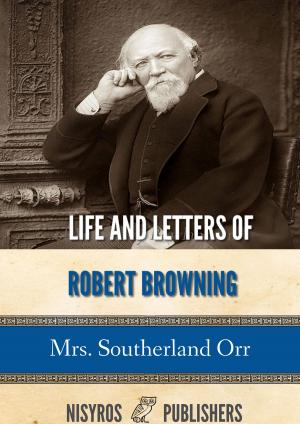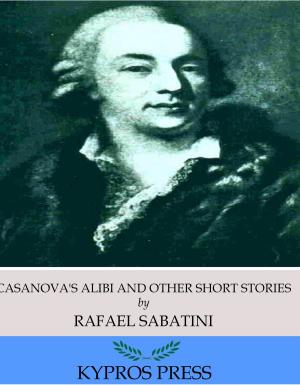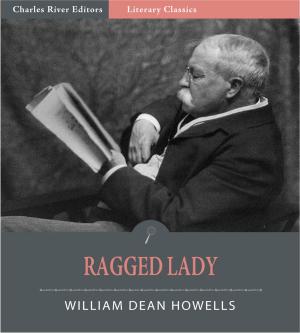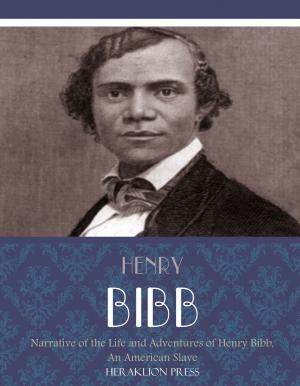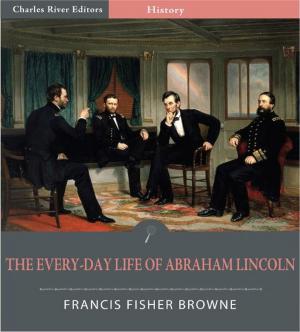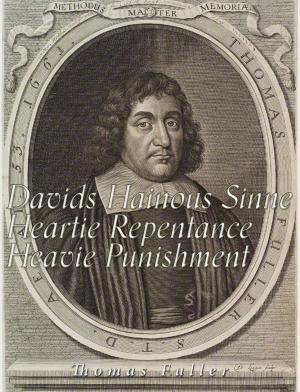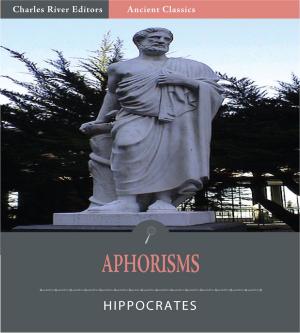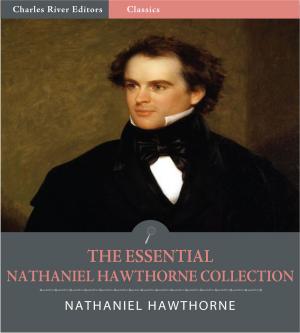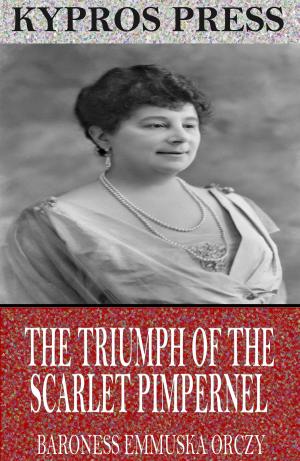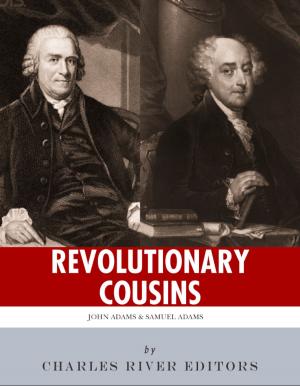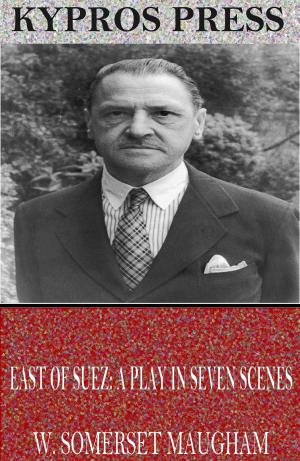The Utility of the Union: The Lives and Legacies of Alexander Hamilton, James Madison, and the Federalist Papers
Nonfiction, History, Americas, United States, Colonial Period (1600-1775), Revolutionary Period (1775-1800), Biography & Memoir, Political| Author: | Charles River Editors | ISBN: | 9781475320633 |
| Publisher: | Charles River Editors | Publication: | January 1, 2013 |
| Imprint: | Language: | English |
| Author: | Charles River Editors |
| ISBN: | 9781475320633 |
| Publisher: | Charles River Editors |
| Publication: | January 1, 2013 |
| Imprint: | |
| Language: | English |
*Includes pictures of Hamilton, Madison and important people, places, and events in their lives. *Includes some of the most famous Federalist Papers and quotes from them. *Explains the history behind the drafting of the Articles of Confederation, the Constitution, and the Federalist Papers.*Includes a list of the Federalist Papers, their topics, and who is believed to have authored each one.*Analyzes how the Supreme Court has used and interpreted the Federalist Papers. *Includes a Bibliography for further reading.*Includes a Table of Contents. It has been frequently remarked that it seems to have been reserved to the people of this country, by their conduct and example, to decide the important question, whether societies of men are really capable or not of establishing good government from reflection and choice, or whether they are forever destined to depend for their political constitutions on accident and force. If there be any truth in the remark, the crisis at which we are arrived may with propriety be regarded as the era in which that decision is to be made. Alexander Hamilton, Federalist No. 1The Founding Fathers have been revered by Americans for over 200 years, celebrated for creating a new nation founded upon the loftiest ideals of democracy and meritocracy. But if the American Dream has come to represent the ability to climb the social ladder with skill and hard work, no Founding Father represented the new America more than Alexander Hamilton. Unfortunately, one of the best known aspects of Hamiltons (1755-1804) life is the manner in which he died, shot and killed in a famous duel with Aaron Burr in 1804. But Hamilton started as an orphaned child in the West Indies before becoming one of the most instrumental Founding Fathers of the United States in that time, not only in helping draft and gain support for the U.S. Constitution but in also leading the Federalist party and building the institutions of the young federal government as Washingtons Secretary of Treasury. Today James Madisons legacy mostly pales in comparison to the likes of George Washington, Ben Franklin and his closest colleague, Thomas Jefferson, but Madisons list of important accomplishments is monumental. A lifelong statesman, Madison was the youngest delegate at the Continental Congress from 1780-83, and at 36 he was one of the youngest men who headed to Philadelphia for the Constitutional Convention in 1787. Despite his age, he was the Conventions most influential thinker, and the man most responsible for the final draft of the U.S. Constitution. The Federalist Papers were written by Madison, Hamilton and Jay as a series of newspaper editorials that appeared in the American colonies during 1787 and 1789 urging the ratification of the new Constitution. 85 of these essays consist of what is today considered The Federalist Papers, with 77 of them published in The Independent Journal and The New York Packet between October 1787 and August 1788. A compilation of these and eight others, called The Federalist (or The New Constitution), was published in two volumes in 1788 by J. and A. McLean.The Federalist Papers sought to rally support for the Constitutions approval when those three anonymously wrote them, and given how different Hamilton and Madison proved to be ideologically, they demonstrate how men of vastly different political ideologies came to accept the same Constitution. 225 years later, the Federalist Papers are still just as relevant and influential as ever. In addition to being cited dozens of times a year by the Supreme Court in interpreting the Constitution and rendering decisions, the writings also allow readers and scholars today to get into the mindset of the Founding Fathers, including the Father of the Constitution himself.
*Includes pictures of Hamilton, Madison and important people, places, and events in their lives. *Includes some of the most famous Federalist Papers and quotes from them. *Explains the history behind the drafting of the Articles of Confederation, the Constitution, and the Federalist Papers.*Includes a list of the Federalist Papers, their topics, and who is believed to have authored each one.*Analyzes how the Supreme Court has used and interpreted the Federalist Papers. *Includes a Bibliography for further reading.*Includes a Table of Contents. It has been frequently remarked that it seems to have been reserved to the people of this country, by their conduct and example, to decide the important question, whether societies of men are really capable or not of establishing good government from reflection and choice, or whether they are forever destined to depend for their political constitutions on accident and force. If there be any truth in the remark, the crisis at which we are arrived may with propriety be regarded as the era in which that decision is to be made. Alexander Hamilton, Federalist No. 1The Founding Fathers have been revered by Americans for over 200 years, celebrated for creating a new nation founded upon the loftiest ideals of democracy and meritocracy. But if the American Dream has come to represent the ability to climb the social ladder with skill and hard work, no Founding Father represented the new America more than Alexander Hamilton. Unfortunately, one of the best known aspects of Hamiltons (1755-1804) life is the manner in which he died, shot and killed in a famous duel with Aaron Burr in 1804. But Hamilton started as an orphaned child in the West Indies before becoming one of the most instrumental Founding Fathers of the United States in that time, not only in helping draft and gain support for the U.S. Constitution but in also leading the Federalist party and building the institutions of the young federal government as Washingtons Secretary of Treasury. Today James Madisons legacy mostly pales in comparison to the likes of George Washington, Ben Franklin and his closest colleague, Thomas Jefferson, but Madisons list of important accomplishments is monumental. A lifelong statesman, Madison was the youngest delegate at the Continental Congress from 1780-83, and at 36 he was one of the youngest men who headed to Philadelphia for the Constitutional Convention in 1787. Despite his age, he was the Conventions most influential thinker, and the man most responsible for the final draft of the U.S. Constitution. The Federalist Papers were written by Madison, Hamilton and Jay as a series of newspaper editorials that appeared in the American colonies during 1787 and 1789 urging the ratification of the new Constitution. 85 of these essays consist of what is today considered The Federalist Papers, with 77 of them published in The Independent Journal and The New York Packet between October 1787 and August 1788. A compilation of these and eight others, called The Federalist (or The New Constitution), was published in two volumes in 1788 by J. and A. McLean.The Federalist Papers sought to rally support for the Constitutions approval when those three anonymously wrote them, and given how different Hamilton and Madison proved to be ideologically, they demonstrate how men of vastly different political ideologies came to accept the same Constitution. 225 years later, the Federalist Papers are still just as relevant and influential as ever. In addition to being cited dozens of times a year by the Supreme Court in interpreting the Constitution and rendering decisions, the writings also allow readers and scholars today to get into the mindset of the Founding Fathers, including the Father of the Constitution himself.

